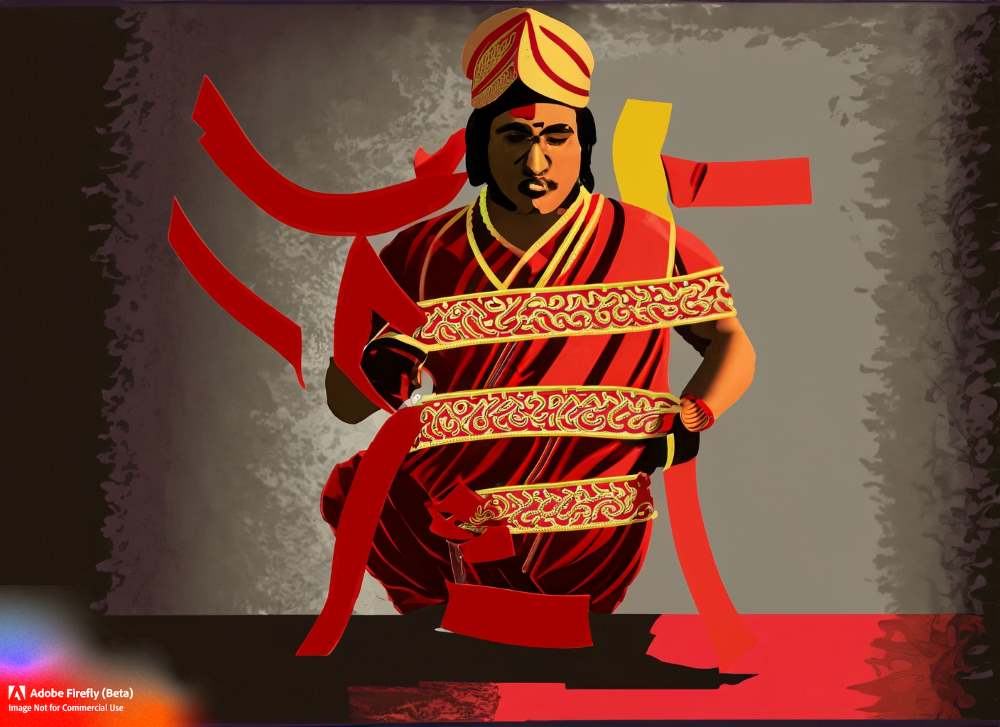The End of India's Licensing Regime: A Historical Overview
Discover the historical overview of India's licensing regime, known as the Licence Raj, and how it stifled entrepreneurship and innovation. Learn how it ended in 1991 and how India's economy has evolved since then to become the world's fifth-largest economy.





